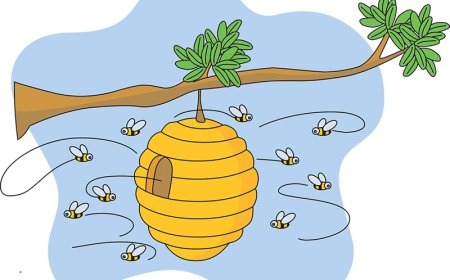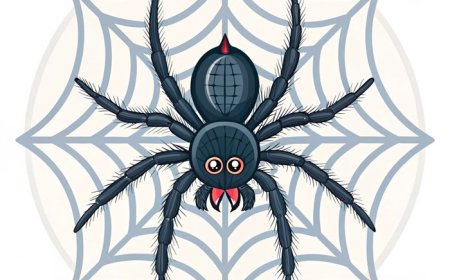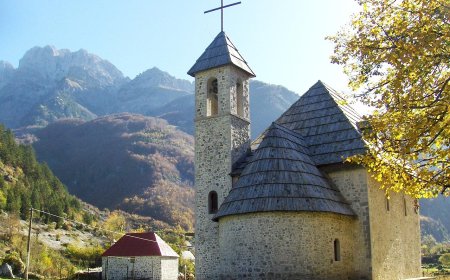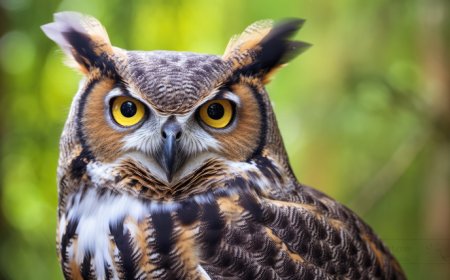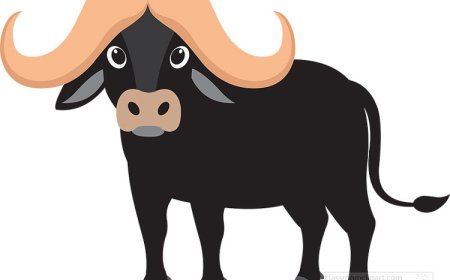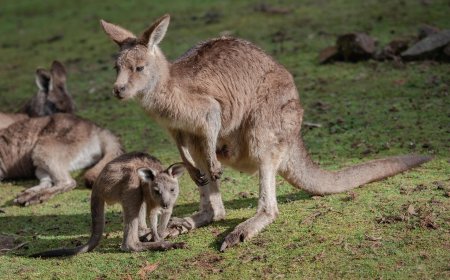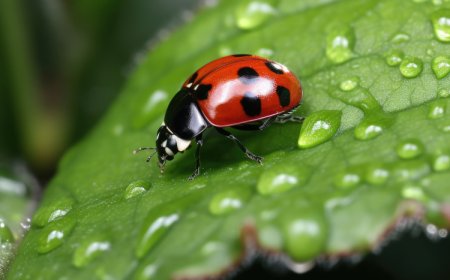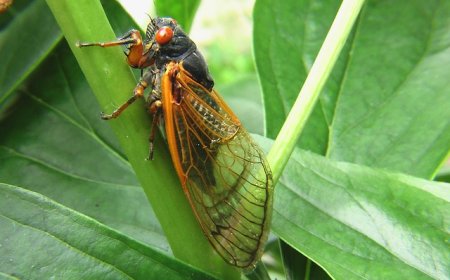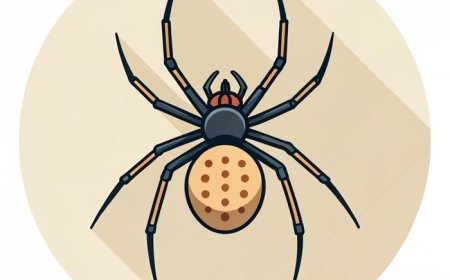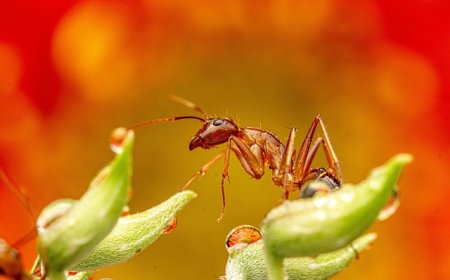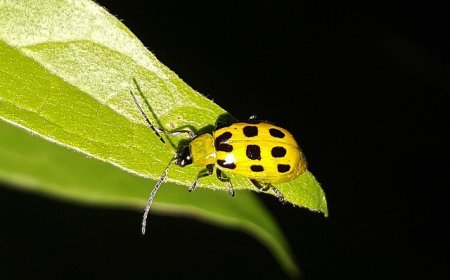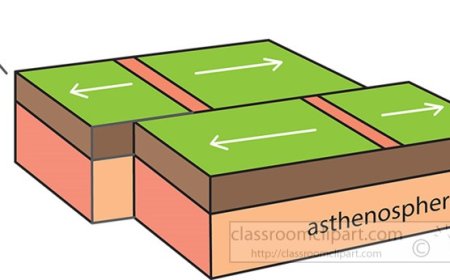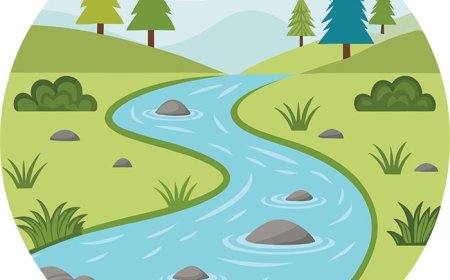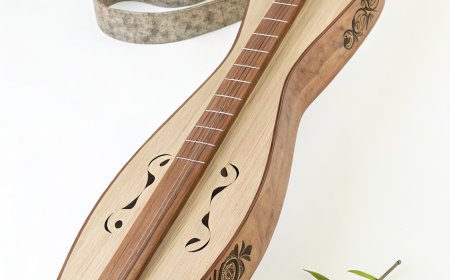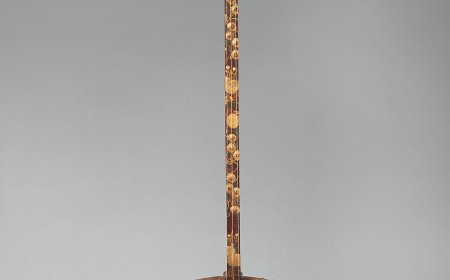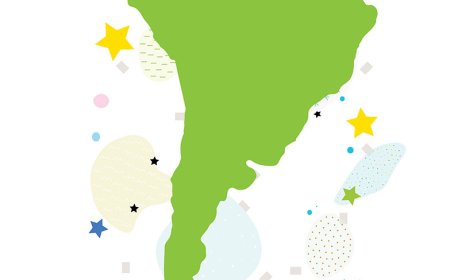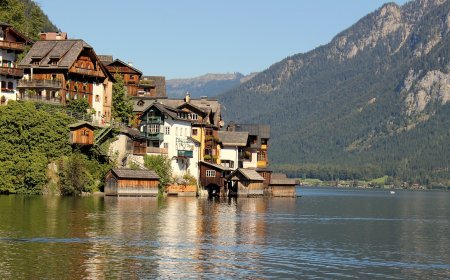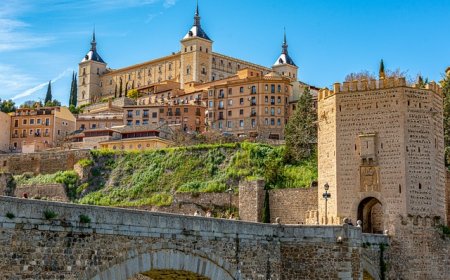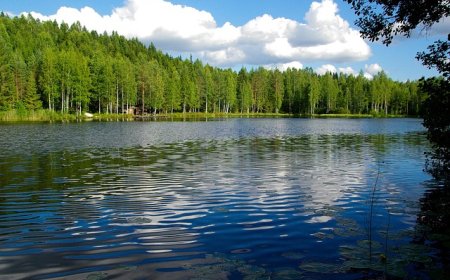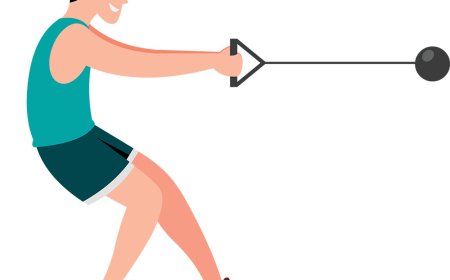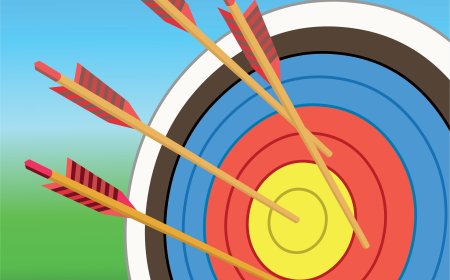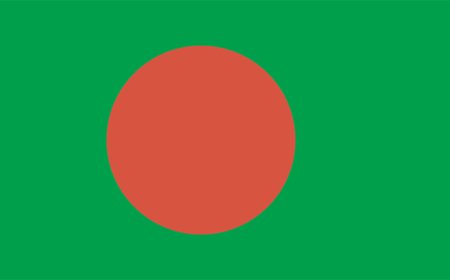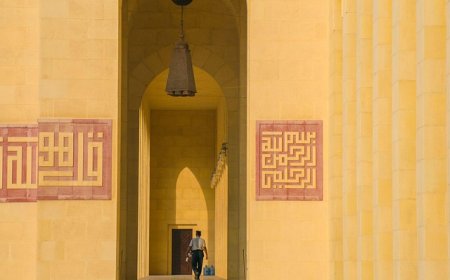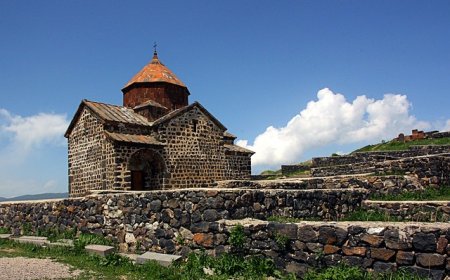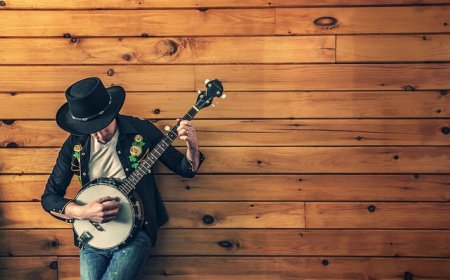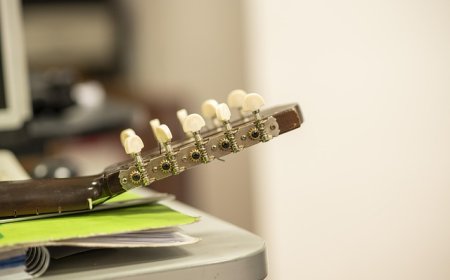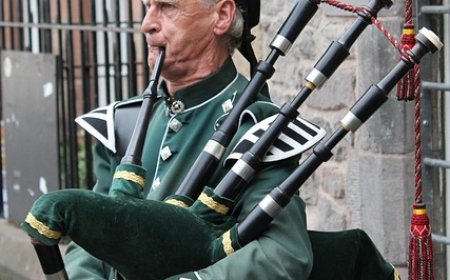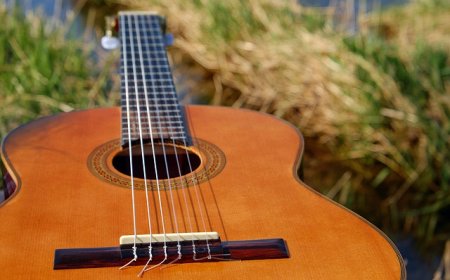Balalaika Facts for Students | Explore Russia’s Triangle-Shaped Folk Instrument
Learn about the balalaika, a traditional Russian string instrument with a triangular body. Explore its history, how it works, famous musicians, and how to play it.
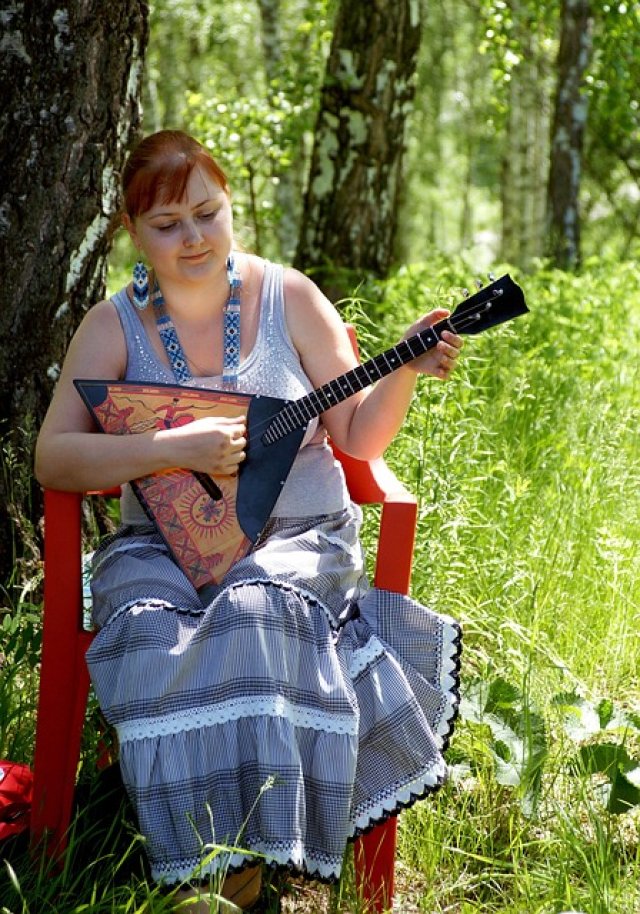
🎼 All About the Balalaika
🥇 Introduction
The balalaika is a traditional Russian string instrument known for its distinctive triangular shape, bright sound, and rich history in folk music. With three strings and a short neck, the balalaika can play melodies, rhythms, and chords, and it's often heard in joyful dances and dramatic songs. Its fun appearance and energetic sound make it one of the most recognizable instruments in the world.
🎶 What Is a Balalaika?
The balalaika is a plucked string instrument that comes in several sizes, but most commonly it has three strings, a short neck, and a triangle-shaped wooden body. It is typically played by plucking or strumming the strings with fingers or a pick.
There are different types of balalaikas, from small, high-pitched ones to large bass and contrabass balalaikas used in orchestras. The most popular is the prima balalaika, which is the standard size for solo and ensemble playing.
The balalaika is loved for its happy, rhythmic sound, perfect for folk dancing, storytelling, and even modern fusions with jazz or rock.
🧩 Parts of the Balalaika
The balalaika is built from wood and has a unique shape. Its main parts include:
-
Body - A triangular, hollow wooden box that amplifies the sound
-
Neck - A short wooden arm where the frets and strings are located
-
Frets - Metal strips on the neck that divide the fingerboard into notes
-
Strings - Usually three strings, with one made of steel and two made of nylon or gut
-
Tuning Pegs - Used to adjust the tension of each string
-
Bridge - Supports the strings and helps transfer vibration to the body
-
Sound Hole - A circular hole in the top of the body that helps the sound escape
-
Tailpiece - Anchors the strings at the bottom of the instrument
The triangle shape of the body gives the balalaika its unique look and sound.
⚙️ How Does the Balalaika Work?
The balalaika creates sound when its strings are plucked or strummed, either with the fingers or a pick. The vibrations from the strings pass through the bridge into the wooden body, which acts as a resonator to amplify the sound.
The strings are tuned in a pattern called E-E-A (from low to high), and the player presses the strings against the frets to change the pitch. The short neck allows quick, nimble fingerwork, and players often use techniques like tremolo (fast repeated plucking) and strumming rhythms to add excitement to the music.
The balalaika can be played solo, in folk groups, or in large balalaika orchestras with different sizes playing together.
📜 History of the Balalaika
The balalaika has been played in Russia for over 300 years, evolving from older instruments like the domra. It was originally used by peasants and traveling storytellers, and was considered a symbol of everyday life, fun, and music for the people.
In the late 1800s, a musician named Vasily Andreyev helped standardize the balalaika, create a family of different sizes (like bass and contrabass), and form the first balalaika orchestra. This brought the instrument to concert halls and conservatories across Russia and beyond.
Today, the balalaika is a proud part of Russian culture, often seen in folk ensembles, school music programs, and even international performances.
🥁 Famous Balalaika Players
These artists helped make the balalaika famous:
-
Vasily Andreyev - The "father of the modern balalaika" who created balalaika orchestras
-
Alexey Arkhipovsky - A virtuoso balalaika soloist known for modern styles and improvisation
-
Nikolai Ossipov - Conductor of the famous Ossipov Balalaika Orchestra
-
Eduard Akhanov - Performer who helped popularize the balalaika outside of Russia
-
Elina Karokhina - One of the few female virtuoso balalaika players performing worldwide
-
Andrei Krylov - Russian composer who writes for classical and folk balalaika
🎶 Learning to Play the Balalaika
The balalaika is a great instrument for students who enjoy rhythm, melody, and folk music. Beginners learn:
-
How to hold the instrument correctly
-
Tuning the strings to E-E-A
-
Plucking and strumming with the fingers or pick
-
Playing basic melodies and chords
-
Using techniques like tremolo and rhythmic strumming
The balalaika is a friendly and fun instrument to start with, especially for learning ensemble playing or discovering world music traditions.
😄 Fun Facts About the Balalaika
-
The balalaika's body is shaped like a triangle-very rare for string instruments!
-
Some balalaikas are bigger than the player, especially the contrabass size.
-
It's usually tuned E-E-A, with one high-pitched string and two lower ones.
-
Balalaikas are played solo, in duos, or in full folk orchestras.
-
The word "balalaika" may come from a Russian word meaning "to chatter or babble."
-
Balalaikas often have brightly painted decorations and folk designs.
-
You can see balalaikas featured in Russian cartoons, movies, and celebrations.
👧 Kid-Friendly Summary
The balalaika is a cool instrument from Russia with a triangle shape and three strings. It makes happy music and is great for dancing and fun songs. You play it by strumming or plucking the strings. It's part of Russia's musical heart!
📚 Vocabulary Words
Balalaika – A Russian string instrument with a triangle-shaped body and three strings
Tremolo – Fast, repeated plucking of the same note
Frets – Metal lines on the neck that help change the pitch of a note
Resonator – The hollow body that makes the sound louder
Strumming – Sweeping your hand or pick across the strings
Tailpiece – The part of the instrument where the strings are anchored
Folk music – Traditional music passed down through generations
Orchestra – A group of musicians playing instruments together
❓ Interactive Quiz (8 Questions)
1. What shape is the body of the balalaika?
A. Circle
B. Square
C. Triangle
D. Oval
2. How many strings does a typical balalaika have?
A. 6
B. 4
C. 3
D. 12
3. What country is the balalaika from?
A. Ukraine
B. Russia
C. Poland
D. France
4. What is the usual tuning of a balalaika’s strings?
A. E–A–D
B. G–C–G
C. E–E–A
D. A–D–A
5. What does the bridge do on a balalaika?
A. Plucks the strings
B. Amplifies the sound
C. Holds the strings above the body
D. Plays the melody
6. Who helped create the first balalaika orchestra?
A. Pyotr Tchaikovsky
B. Alexey Arkhipovsky
C. Vasily Andreyev
D. Nikolai Rimsky-Korsakov
7. What technique involves fast repeated plucking?
A. Glissando
B. Tremolo
C. Strumming
D. Bowing
8. In what kind of music is the balalaika most often used?
A. Jazz
B. Russian folk music
C. Hip hop
D. Opera


